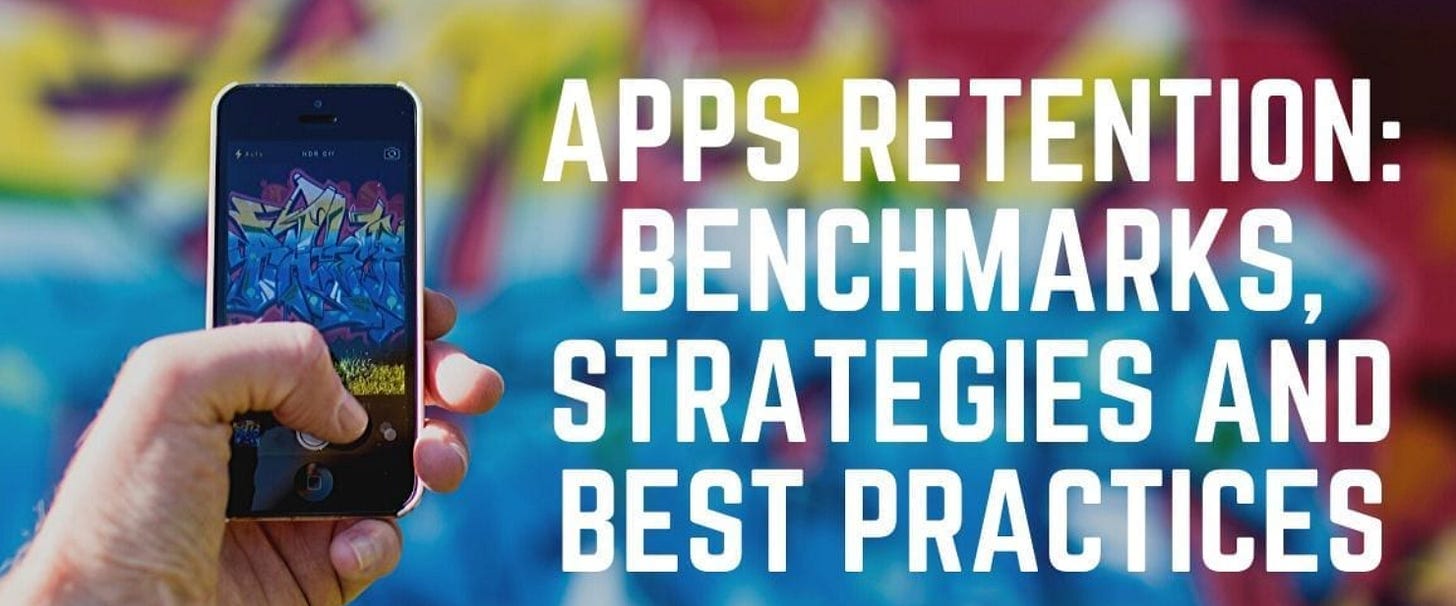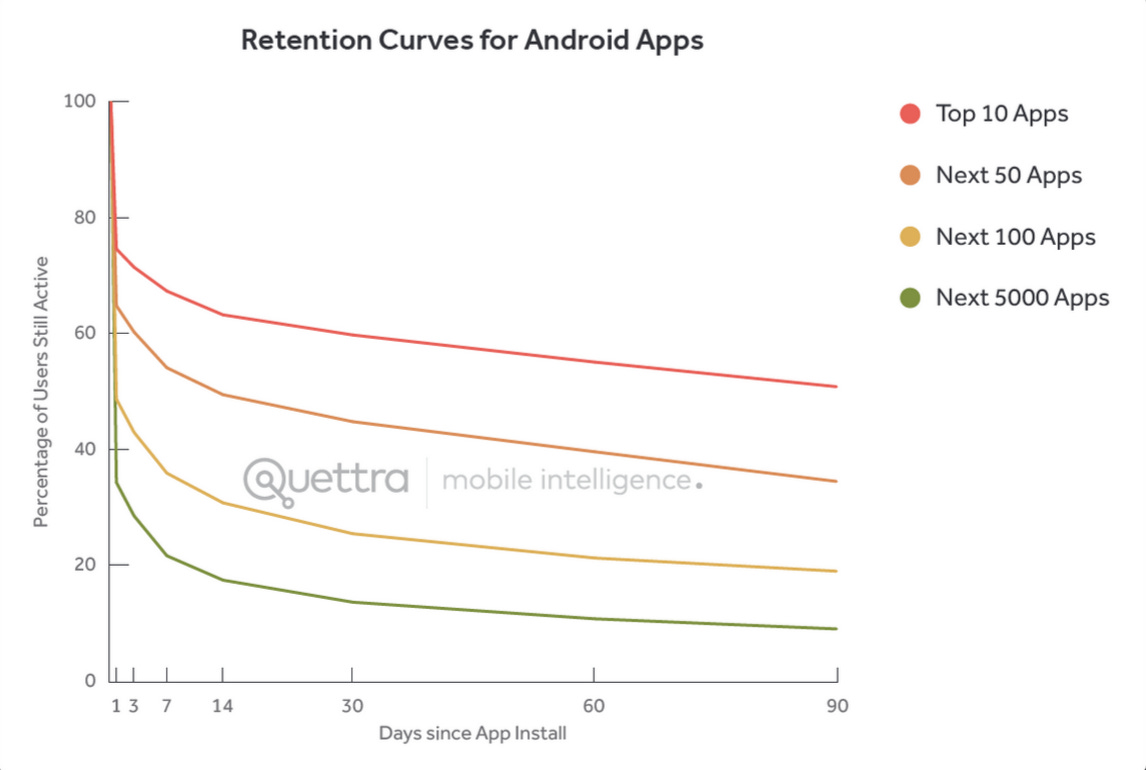Retention is the only metric that matters!
I have spent over a decade building leading consumer apps like Livemocha (#1 Language Learning App in its time) and Zoomingo (#15 Shopping App). While it is important to drive daily engagement of an app there is nothing more important than ensuring strong retention of your users over months if not years. Without good retention, you will have a leaky bucket and you will not be able to build a growing installed base of users. With a large installed base you will build strong word of mouth from your users which will be instrumental in driving new users of your application without having to spend significant marketing dollars.
Don’t get me wrong. Engagement is also important. More engagement will drive more ad dollars or in app revenues. If, however, you have strong usage, as many gaming apps do over 2 or 3 months, without good long term retention, the novelty wears off and users drop off. Take the example of Pokemon Go. It had huge usage initially for its novel game play based on augmented reality but ultimately the game petered out as users stopped using its app.
The best way to measure retention is to track retention cohorts of users on a daily basis. Basically, you want to create a cohort of all the users who joined on the same day and track their usage over an extended period of time. Below is a chart that shows the retention of Android app users based on their position in the Google Play store, You can see that the top 10 Android apps have a pretty flat retention curve. To get into the top 5000 apps you need to have the following retention: Day 1 - 35%, Day 7 - 20% and Day 30 - 15%. While these retention numbers look low, believe me, they are pretty hard to achieve and you can build a real business from these numbers. Most mobile apps, on the other hand, lose 95% of their users after 1 month.
Retention can vary by the category of your app. The chart below illustrates the retention that you can expect for different category of apps. As you can see, apps that have high entertainment value or update content on a daily basis such as news have high retention.
There are a number of ways to drive high retention for your app. Here’s a chart that provides a good way to think about the user journey.
Many apps lose a lot of users with the onboarding experience itself as can be seen in the steep drop off in terms of Day 1 usage. These apps will typically ask users to register before they demonstrate any value to the them. Unless you are a well known app, I would suggest waiting to register a user when they have something to contribute to the app e.g. add a comment. Another mistake is to take users through a multi page tutorial on how to use the app. Users typically don’t have the patience to go through these tutorials.
The best way to attract and retain users is to implement a simple easy to use user interface that provides with attractive content that changes frequently. Typically, user generated content (UGC) is the content that seems to be the most effective in capturing the user’s attention. You can now use AI to create a highly customized feed of this content as you have seen with apps like Tik Tok, Instagram and others.
Another way to create habits and drive retention is to use highly targeted high value notifications. However, because users have been inundated with app notifications, most users don’t give permission to the apps to send notifications. As a result, you need to utilize clever messaging to get users to accept notifications. For example, I have notifications turned on with Uber and food delivery apps so I know when my food was delivered. However, these apps are able to use the notification permission to provide new promotions and coupons. Eventually, you want to create a daily habit where it is no longer necessary to use notifications to bring the user back to the app.







